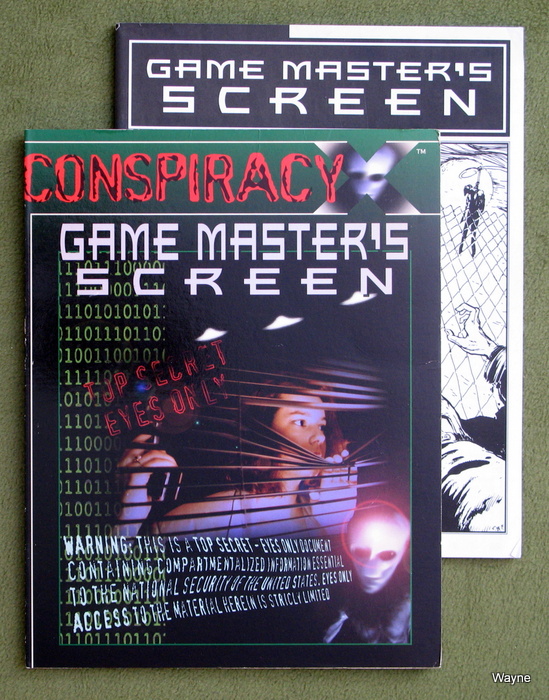

However, this is merely speculation, as that technique is also not known to be present in the game. If this truly is what Super Mario 64's warning screen was intended for, then a decision to use the above-mentioned approach might be why it's unused. This is not without cause, as a number of games (including but not limited to Yoshi's Story and Jet Force Gemini) have used this type of piracy check which polls the system's PIF to check which particular CIC chip is present on the cartridge, though these cases generally take the "impaired game experience" approach instead of a simple warning screen. It is also possible, since there are several different CIC lockout chips that a given game might have on its cartridges, that this screen may have been intended for when a valid-but-unexpected CIC chip is detected. This would render the need for a detection screen pointless so it was scrapped. If the checksum finds the cartridge to be pirated, the game would not turn on.

With this possibility, the Anti-Piracy screen in Super Mario 64 was probably created to show detection of a pirated copy when the Nintendo 64 had different anti piracy measures then it does now.Īs to why it could have been scrapped, the final versions of the Nintendo 64 contains a modified version of the CIC lockout chip that uses a checksum to detect if a cartridge is pirated or not. It is possible that piracy detection in the earlier versions of the Nintendo 64 had the same mechanics used with both the NES and SNES, with the CIC lockout chip being used for cartridges and consoles to verify that the copy of the game is not a pirated one. It is possible that this cartridge was a pirated cartridge, but it seems to be rather unlikely. The first known sighting of the Anti-Piracy Screen came from the YouTube channel Super Mario 64 Beta Archive, where in the video the youtuber finds the anti piracy screen in an old copy of Super Mario 64 that they received from their friend. The text on the screen in English and Japanese states that it is serious crime to pirate any video game according to copyright law, and that the person who's looking at the screen must refer to their Nintendo 64 game instruction booklet regarding more information regarding pirated copies of Nintendo 64 game cartridges. The model of Mario is not the one in the game, meaning that this screen was pre-rendered. The screen itself has Mario sitting on the Nintendo 64 logo looking at a Nintendo 64 game cartridge with a distraught expression.

In the base game, this screen is disabled from appearing in the game, regardless of what type of copy of it is. The Anti-Piracy Screen is a normally unused screen from Super Mario 64 that was supposed to be shown when an individual plays a pirated copy of the game.


 0 kommentar(er)
0 kommentar(er)
